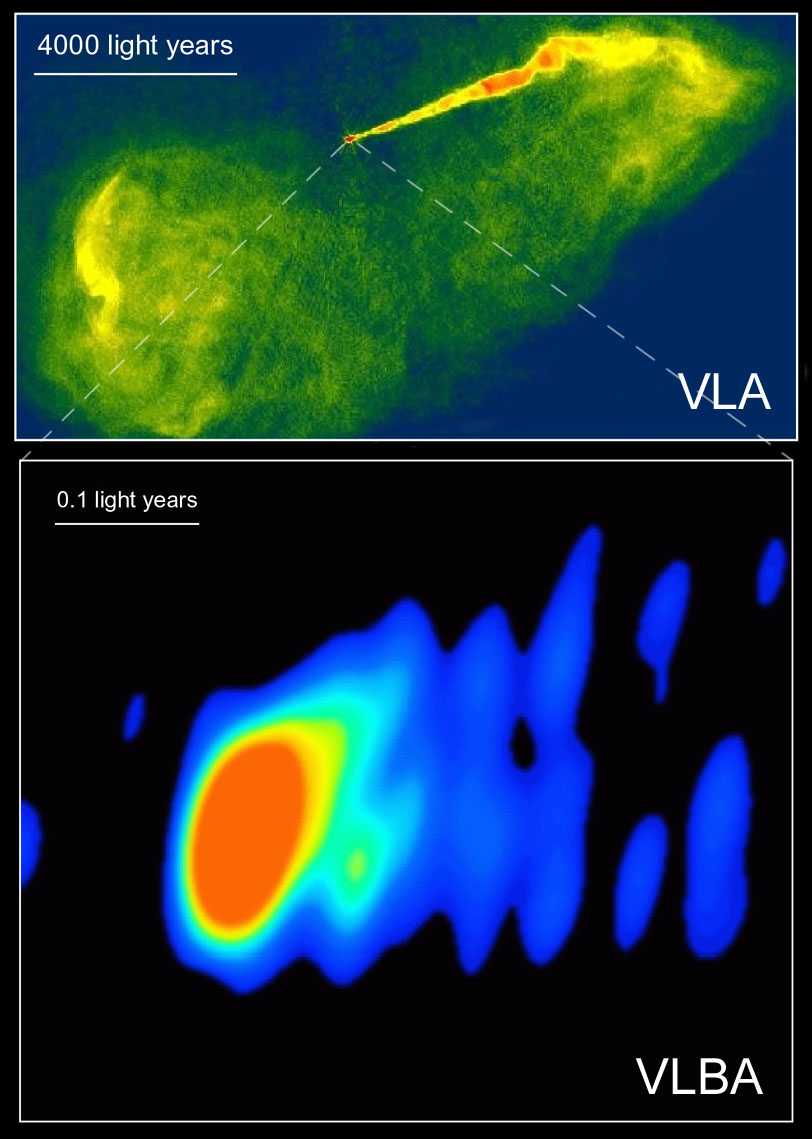Thirty Years of Space VLBI | NASA Blueshift
http://asd.gsfc.nasa.gov/blueshift/index.php/2016/07/25/thirty-years-of-space-vlbi/
As I write this in July 2016, it has been 30 years since the first successful space very long baseline interferometry (VLBI) observations were made.
VLBI is the radio astronomy technique to use widely separated radio dishes to produce exquisite images of celestial radio sources – and space VLBI
allows separation between dishes larger than the diameter of the earth, potentially producing higher resolution images.
But astute readers might be questioning my sanity. Many sources, including a page on our Imagine the Universe site will tell you that the first space
VLBI satellite was Japan’s HALCA, which was launched in 1997. And 1997 was less than 20 years ago. Both these statements cannot be true – can they?
Actually, yes, they can be, and they are. The actual sentence on the linked page reads: “The first mission dedicated to space interferometry was the
Japanese HALCA mission which ran from 1997 to 2005.” The key phrase is “dedicated to” – you see, we sometimes use somewhat awkward phrasing in
communicating with the general public when we don’t want to bother you with all the details, at least not initially. The hidden detail behind
the sentence above is that well before HALCA, there was an earlier satellite which was used to demonstrate that space VLBI is possible,
even though it was not specially designed for that purpose.
